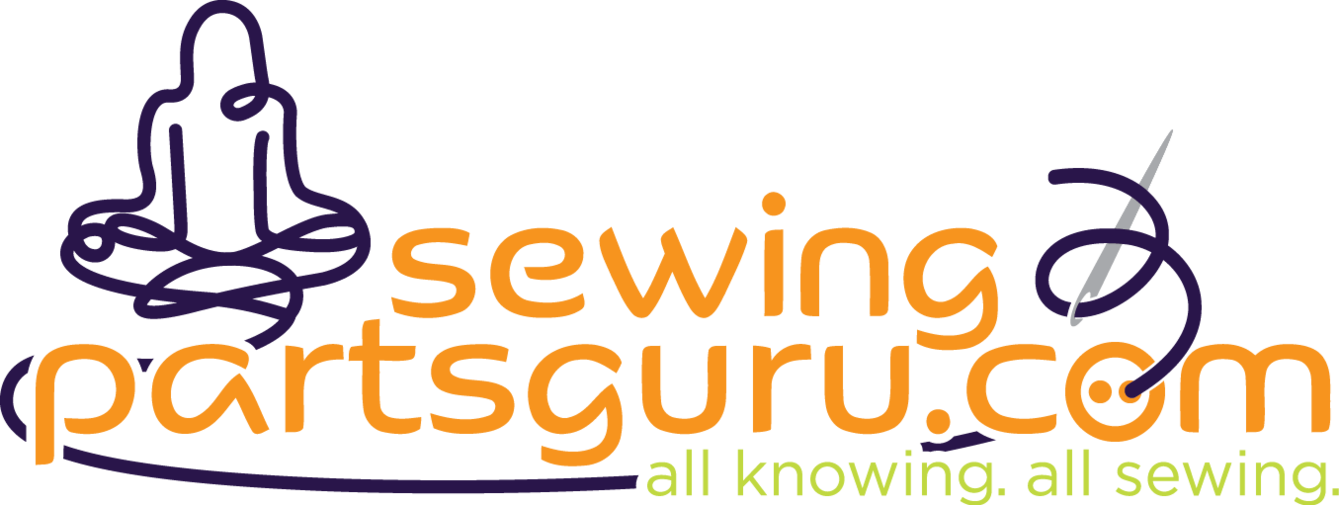Welcome to Sewing Parts Guru’s new blog! Starting twice a month, we’ll be showcasing and reviewing new products, and adding demos.
My name is Vera, and I’ve tried a little bit of a lot: sewing, embroidery, crochet, knitting, quilting, macramé, felting, and loom weaving. I first learned to sew from my best friend’s mom when I was eight. Since then, I’ve been hand and machine sewing my projects. This has all come in handy during the COVID-19 lockdown period.
Like many people, I had a very hard time adjusting in the first few months. Feeling helpless against the news of the first wave who contracted Coronavirus, and the lack of PPE for medical staff and essential worker friends made me want to take action. I was furloughed from one job and laid off from another, and money was tight but I wanted to do something.
I made my first pleated mask around April, which was a little clumsy, and uncomfortable. The sides of the mask were too thick with material, my stitches weren’t coming out the way I had wanted, and the ¼” flat elastic from my stash that I was using wasn’t ideal. Trial and error led to 1) switching to a walking foot, and 2) increasing my stitch length for the thicker parts of the masks, as well as small hacks, such as 3) using a stylus or a seam ripper to hold down fabric as it went through. I also found that it was easier and more efficient to sew in channels rather than sew elastic onto the masks.
After making a number of them, I got more comfortable. I sold better masks to former co-workers, friends, and friends of friends to make a little extra cash, and also to put towards materials for donations. Between everyone for whom I’d made a mask – medical staff, essential workers, charities - I had turned out several hundred before I slowed down a few months later.
Since then, I have become a bit of a mask nerd. Groups on Facebook, such as Mask Makers Community, Mask Makers Unite, NWPP4masks Group, and Craft Passion Face Mask Support Group gave me ideas for new styles to try, and new materials to use. Fabric and elastic shortages were affecting everyone who was trying to help, and conflicting advice and protocols were making it confusing. Everyone who was able, thousands of us, were scrambling to turn out what we could.
The elastic shortage made people more creative in what they decided to use for ties and ear loops: tee-shirt yarn, strips of old tights, hair ties, cotton tape, shoelaces, ribbon, old sheets, etc. Filter materials and mask styles were hotly debated and researched. Addition of nose wires came into the conversation as well.
As people began to get better and infection numbers dropped, materials became available again. Debates on which elastic to use for the most comfortable mask flew through seamsters’ threads on social media. Some of us discovered that the soft polyester elastic that was used in disposable masks was available to purchase quickly online. In attempts to ration this elastic, and not have to measure separately for different sized masks, sewers came up with ingenious ideas for creating the most comfortable ear loops.
Ear-saver headbands and surgical caps were the first wave. Behind-the-head adjusters were made from plastic folders, and even 3D-printed. Others came up with uses of ready-made objects they had handy, such as Monkeys in A Barrel pieces. Pony beads, and toggles were being used to adjust the length on the elastic loops.
Manufacturers caught on to demand, and began to produce pre-cut elastic with adjusters already attached. We will be trying out a version with soft flat polyester elastic and a silicone adjuster.

